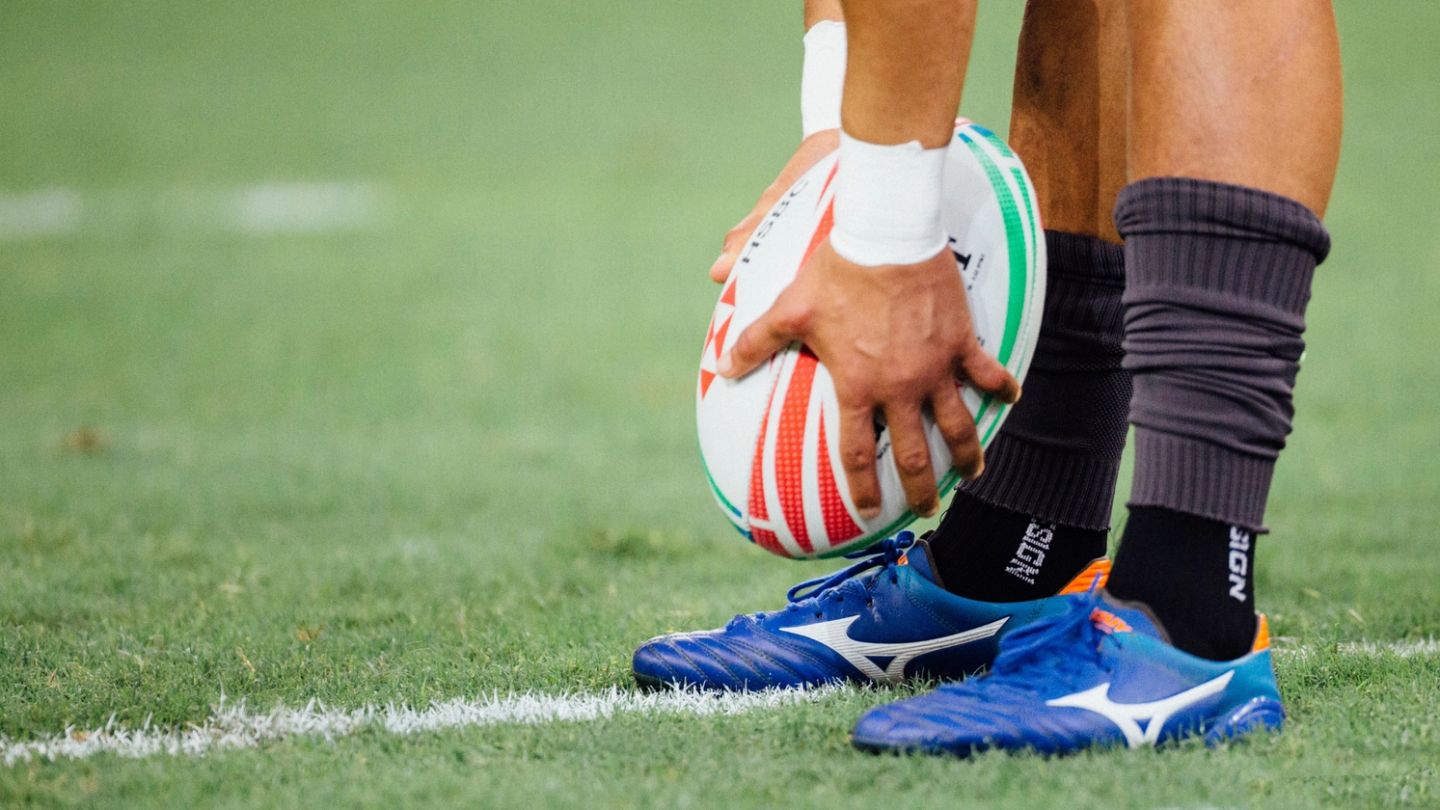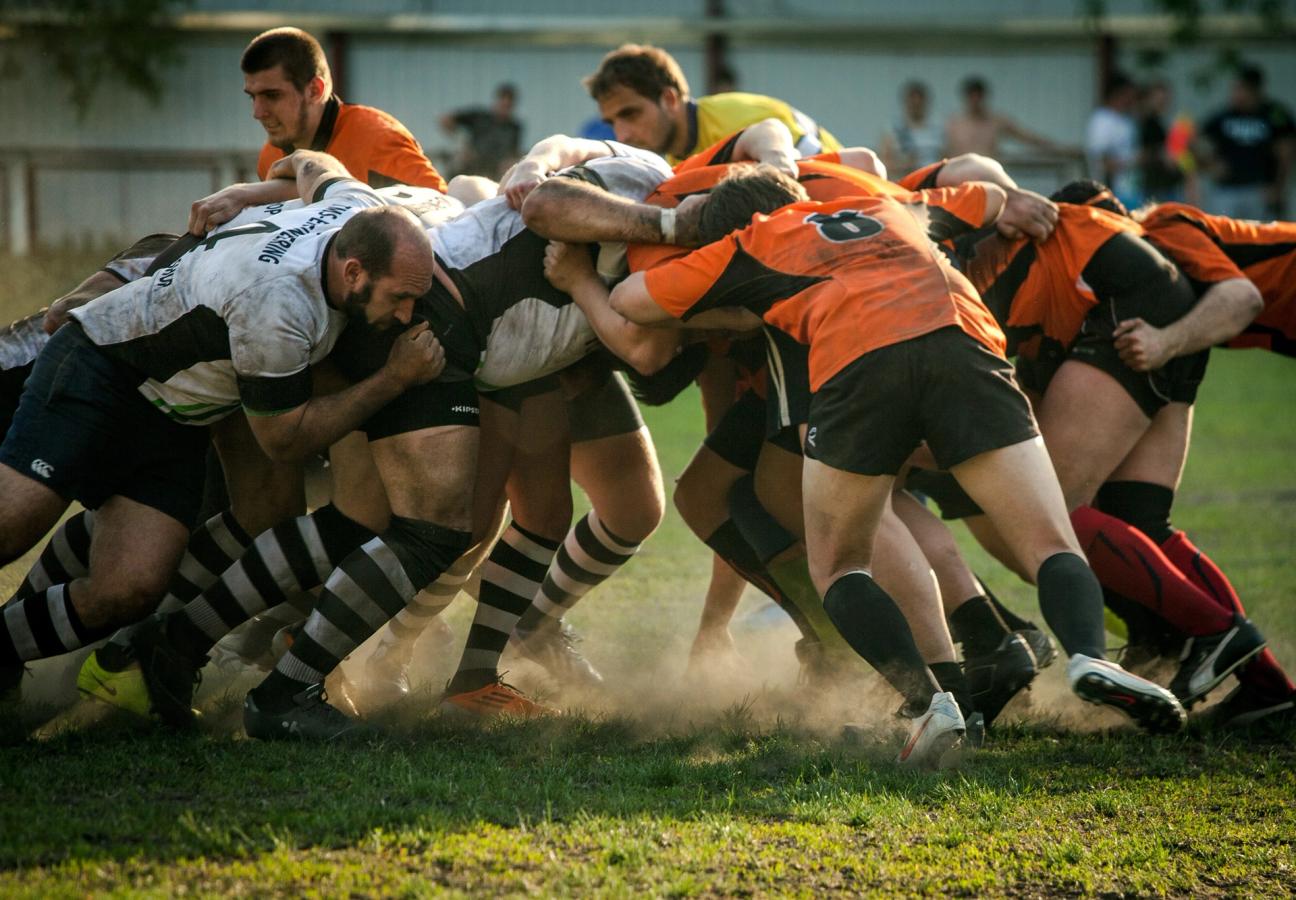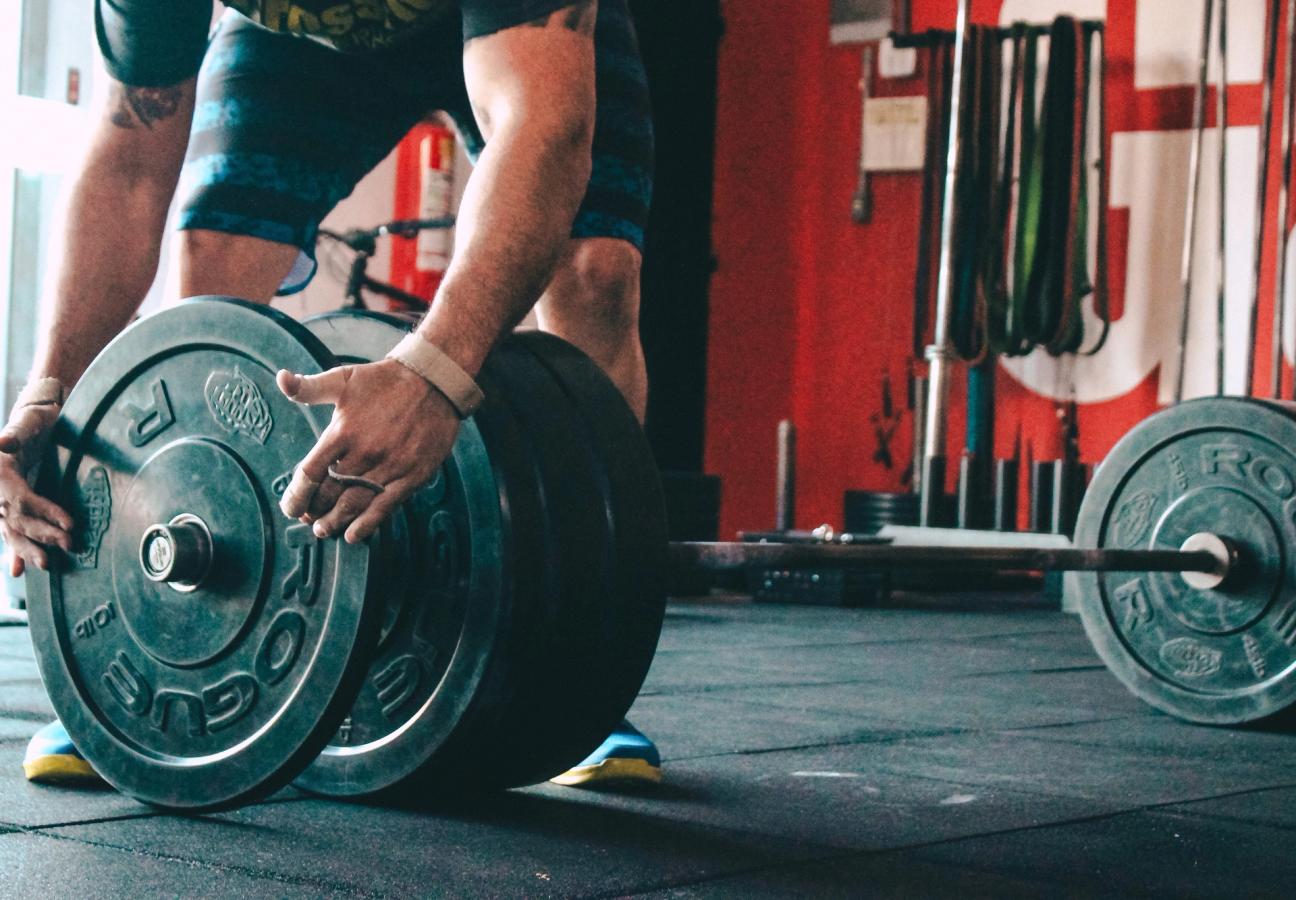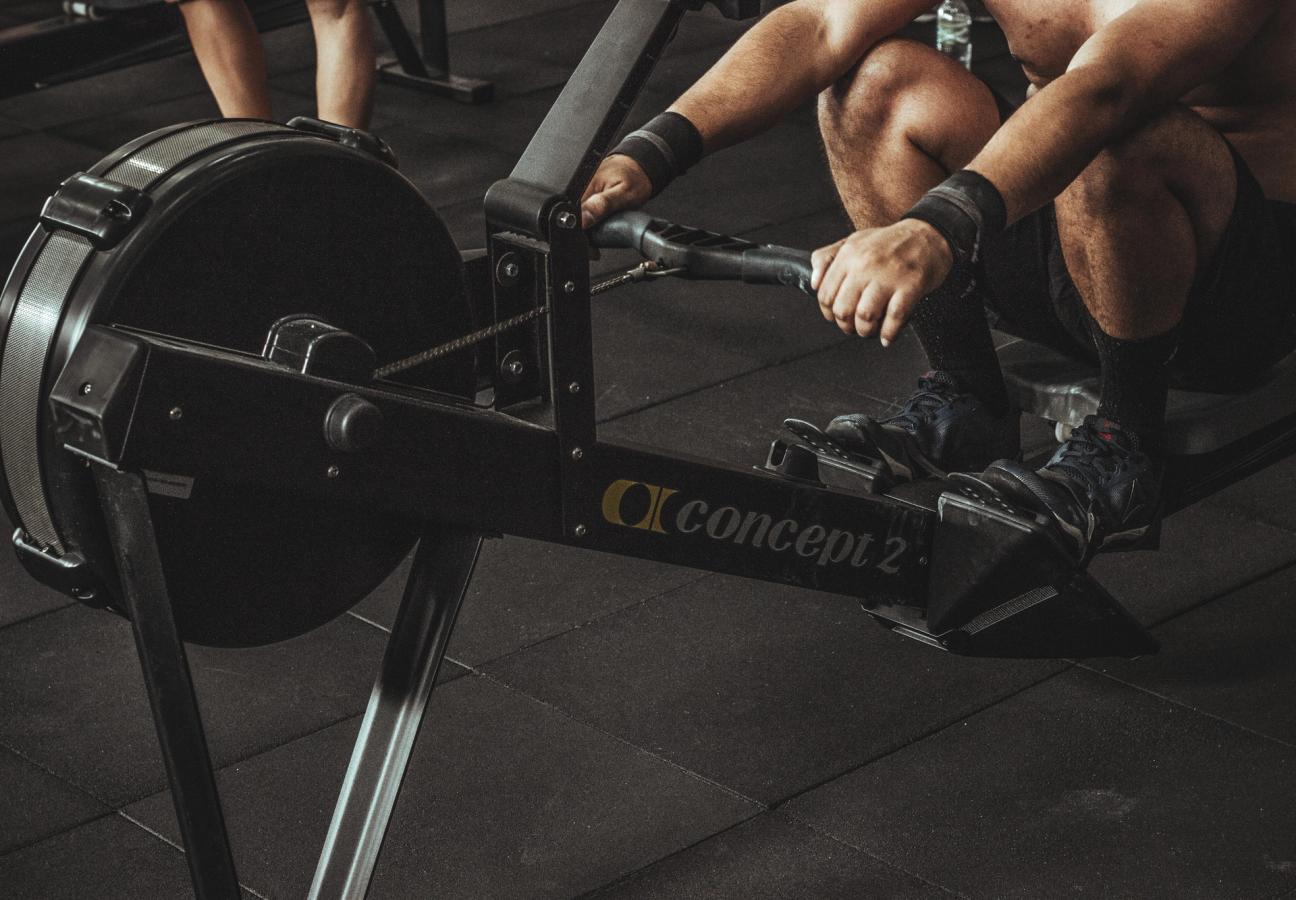

Words: Sam Rider
Strength, power, agility, stamina, muscle. The professional rugby player has it in spades. And the physical specimens descending on Japan this autumn have honed their bodies to the pinnacle of peak performance.
If you can look past the keg-shaped torsos and cauliflower ears of front row forwards, the typical test-match rugby fitness and physique is one of the most aspirational in world sport. If you need further convincing, put “Sonny Bill Williams” into your search engine. The 6ft 3in and 108kg All Black is a freak of nature.
Yet it’s possible for mere mortals to build a physique worthy of the World Cup. To discover how you’d need to train to resemble these rugby gods, we spoke to former pros turned personal trainers Ben Gotting and Ali McKenzie of London’s leading gym The Foundry. Brace yourself for some heavy metal.
Build muscle that’s fit for function

As former teammates at English club London Wasps, Gotting and McKenzie know first hand what it takes to cut it at the sharp end of the sport. Principally: muscle.
Muscle is a rugby player’s body armour. Its primary purpose on the pitch is for protection. In a typical test match, players will cover on average 9km while absorbing collisions comparable to car crashes. According to the game’s performance scientists, a player should expect more than 400 impacts greater than 9G per match and around 30 greater than 13G. To put that in context, a space shuttle launch generates 3G and a car crash at 40mph equates to 35G.
"Muscle is a rugby player’s body armour..."
To look the part of a rugby player you need to be smart in the gym. “You need to train in what’s called a functional hypertrophy rep range,” says Gotting. “You want to build useable muscle.”
Hypertrophy – the process of increasing muscle size – breaks down into two types: the one that gnarled powerlifters adopt, where your muscle fibres thicken; and the one where, post-workout, you feel like you can’t move your arms.
“For the rugby look, you want a blend of both,” Gotting explains. “Build your workouts around the three big compound lifts of squats, deadlifts and chin-ups. For each aim to do six to ten reps, going slow on the way down and powerful on the way up so your muscles are under tension for 20 to 40 seconds per set. Then add in assistance exercises like lunges, shoulder presses, kettlebell swings and abs moves.”
Lift like a strongman

Those workouts will give you the foundations for the rugby player look. But to get the rugby player strength, power and mobility, McKenzie recommends adding in modified strongman training (MST).
MST involves the kind of moves you might see on World’s Strongest Man: log presses, yoke carries, Atlas stone lifts. “It’s an all-action blend of full-body functional strength and power moves,” says McKenzie. “You’ll get through a big volume of work to build muscle, experience short rest periods to improve cardiovascular efficiency and a sky-high intensity to burn through fat reserves.”
McKenzie suggests an effective MST circuit of tyre flips, prowler pushes, sled pulls and med ball slams. Thrash yourself on each station for 30 seconds then rest for 30 seconds and go again for five more agonising rounds. A more gym-friendly version would include all-out sprints at a high resistance on the rowing machine or assault bike.

“MST is about as rugby-specific as you’re going to get and it’s really functional,” says McKenzie. “You get through a huge amount of work in a short space of time. You’re working between 90-100% of your maximum heart rate in controlled periods but also using your full body so you stay flexible and mobile.”
Combine these drills once or twice a week with two to three of Gotting’s hypertrophy workouts and plenty of rest between sessions to recharge and your rugby physique will quickly take shape.
And the happy side-effect of looking like you could handle high-speed collisions and dish them out yourself is that you’ll look great in a well-fitted T-shirt. “But we don’t train to look a certain way,” says McKenzie. “We train for the sport and, as a byproduct, we end up looking the way we do. Function comes first, the look comes second.”
Looking to invest in the best gear? We ask: does wearable tech really improve fitness?


